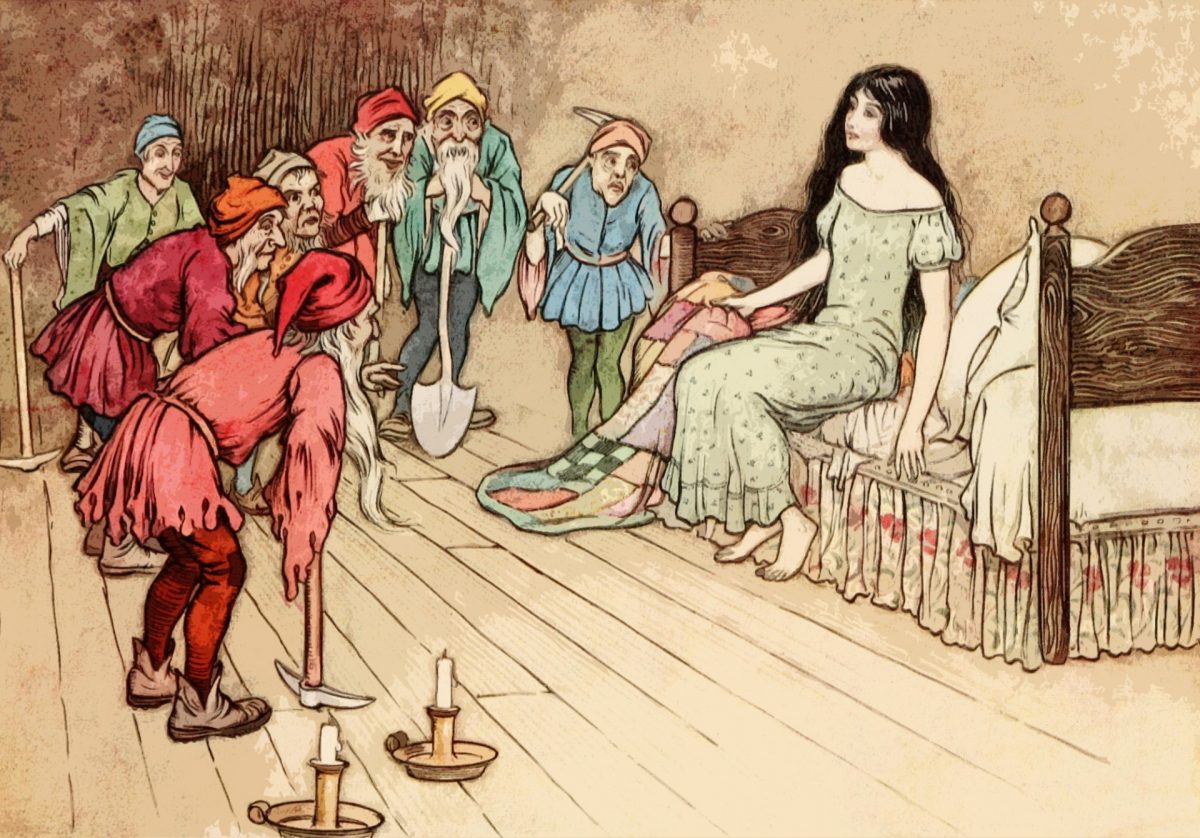PODCAST TRANSCRIPT
Hello everyone, and welcome back to Global Transmission. I got all the things with my recording software figured out, so I should be able to produce episodes a little bit better now. Anyway, I’m going to be talking about the steady increase in AI content everywhere we look. Generating images, videos, music and text with artificial intelligence has never been easier. There are so many options that are free to use. This may sound like a good thing, but this accessibility has paved the way for content farms and the eventual death of human-made entertainment.
I want to start with something that’s been going around recently. As of writing this, there are videos circulating of animals that appear as different inanimate objects battling it out. The most popular one I’ve seen depicts a bomber plane that looks like a crocodile fighting a shark with shoes on a beach. The characters have been dubbed “Bombardino Crocodilo” and “Tralalero Tralala,” based on the text-to-speech narrator’s names for the contestants. This phenomenon started in Italy but quickly spread around the world. Because of this, it’s been named “Italian Brainrot,” or the “Italian AI Animals.” These videos are a more innocent example of AI being used for mind-numbingly stupid content online. There’s not any graphic violence shown, and the content isn’t objectionable whatsoever. Sadly, the same cannot be said about other generated content.
During December of 2024, a disturbing trend started to surface. Using a software called Runway, people were putting videos of real-life gore and death on TikTok and Instagram. How did this happen? Well, people found out that their videos wouldn’t get taken down if there was no visible gore in the video. So they told the AI on Runway to make everything in the video into Minions. The problem got so bad that Runway banned any prompts related to Despicable Me. Although most of these have been cleared up, there are still disturbing videos hiding in plain sight in many places.
The problem with content generated by AI is that it’s draining the creativity from human creators. Instead of making something original, many people just ask a website to generate an image, and their work is done. If you go anywhere like Facebook, most of the posts you see will be AI. There are times when a family member might show me something they found, and I have to fight the urge to explain why that’s bad. On top of that, using AI is really bad for the environment. The amount of power needed to run the servers for companies like OpenAI is more than most people think. Still, people deny this and continue to use artificial intelligence regularly. Captions on Instagram are almost always written by AI. More and more video games are being released that have cover art made by AI. It’s honestly kind of scary to me.
I try my best to avoid using generative AI because of the impacts it can have on the world. Sure, we may see it as helpful right now. But in five years, when most of the content online is AI-generated, these models will be learning off their own information, leading to a cycle that could lead to mass spread of wrong information. Mostly, I just avoid it because of the environmental impacts. I’m not telling you to never use AI – I’m just saying that talking to fictional characters all day on Character AI isn’t healthy for your social skills or for the planet. I’m Connor Riley with the Globe, and I’ll see you all next time.






